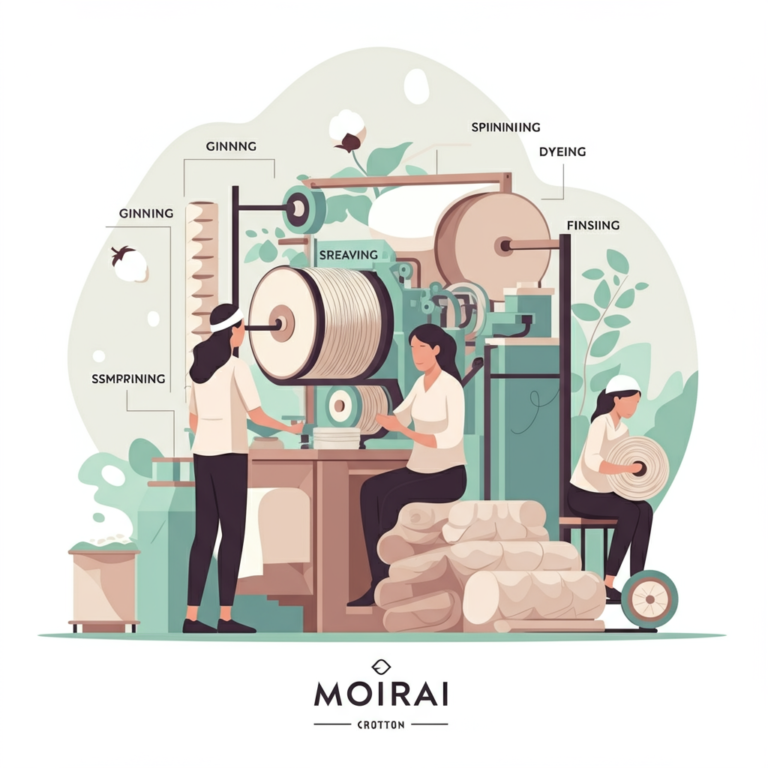Cotton Textile Industry in India Fundamentals Explained
Cotton Textile Industry in India Fundamentals Explained
Blog Article

Gentle sheen with an intricate basketweave pattern. Constructed from the best extensive-staple one hundred% organic cotton on earth.
Our designer set us up with twopages drapes with pinch pleats, these adjustable hooks and the Aria H-rail traverse rod. These hooks have been a good match but nonetheless in good shape with no excess energy. But now the carriers within the traverse rod hold breaking and often The underside of the copyright breaks whilst the hook remains held from the provider.
It handles a range of chapter-clever matters, from your review of your earth's floor into the distribution of methods and human settlements. NCERT CBSE Class eight Geography Be aware
Cotton bales with the port in Bombay, India, 1860s The English East India Corporation (EIC) launched the British to low-priced calico and chintz cloth about the restoration from the monarchy during the 1660s. To begin with imported for a novelty side line, from its spice trading posts in Asia, the cheap colourful fabric proved common and overtook the EIC's spice trade by worth within the late seventeenth century. The EIC embraced the demand from customers, notably for calico, by increasing its factories in Asia and generating and importing fabric in bulk, developing Competitors for domestic woollen and linen textile producers. The impacted weavers, spinners, dyers, shepherds and farmers objected as well as the calico question turned among the list of main issues of Nationwide politics among the 1680s as well as the 1730s. Parliament started to see a drop in domestic textile product sales, and an increase in imported textiles from areas like China and India. Looking at the East India Enterprise as well as their textile importation as being a menace to domestic textile firms, Parliament handed the 1700 Calico Act, blocking the importation of cotton cloth.
Some kinds are bred which are immune to a bacterial sickness known as angular leaf spot. Soil fumigation moderately succeeded in combatting these kinds of fungus diseases as fusarium wilt, verticillium wilt, and Texas root rot, which are limited to click here specified conditions of soil, rainfall, and typical weather. The breeding of resistant versions, on the other hand, has become simpler.
Difficult Level of competition: Stiff Opposition can be felt within the Indian cotton mill industry concerning handloom and electricity loom.
The cotton marketplace is highly unstable, with prices topic to fluctuations as a consequence of variations in weather conditions, trade insurance policies, and shifts in client need.
Egypt less than Muhammad Ali while in the early nineteenth century had the fifth most productive cotton industry on the planet, concerning the number of spindles per capita.[35] The industry was in the beginning pushed by equipment that relied on traditional Electrical power resources, for instance animal energy, water wheels, and windmills, which have been also the principal Strength resources in Western Europe up until all around 1870.
Cotton was developed upriver, designed into nets, and traded with fishing villages along the Coastline for large provides of fish. The Spanish who came to Mexico and Peru in the early sixteenth century discovered the individuals escalating cotton and sporting garments made from it.
The Indian government has come up with numerous export advertising guidelines with the textile sector. It's got also authorized a hundred% FDI from the sector less than the automated route.
*India enjoys a comparative edge when it comes to experienced manpower and in cost of generation, relative to key textile producers.
Help us increase. Share your recommendations to enhance the report. Add your skills and make a variance in the GeeksforGeeks portal.
In combination with fears about subsidies, the cotton industries of some nations are criticized for utilizing child labor and damaging employees' health and fitness by exposure to pesticides Utilized in creation.
The gin that Whitney made (the Holmes design and style) decreased the hours down to simply a dozen or so for every bale. Despite the fact that Whitney patented his have layout for your cotton gin, he made a prior structure from Henry Odgen Holmes, for which Holmes filed a patent in 1796.[fifty four] Strengthening technologies and raising control of world marketplaces permitted British traders to acquire a professional chain by which Uncooked cotton fibers have been (initially) purchased from colonial plantations, processed into cotton cloth from the mills of Lancashire, after which exported on British ships to captive colonial markets in West Africa, India, and China (by using Shanghai and Hong Kong).